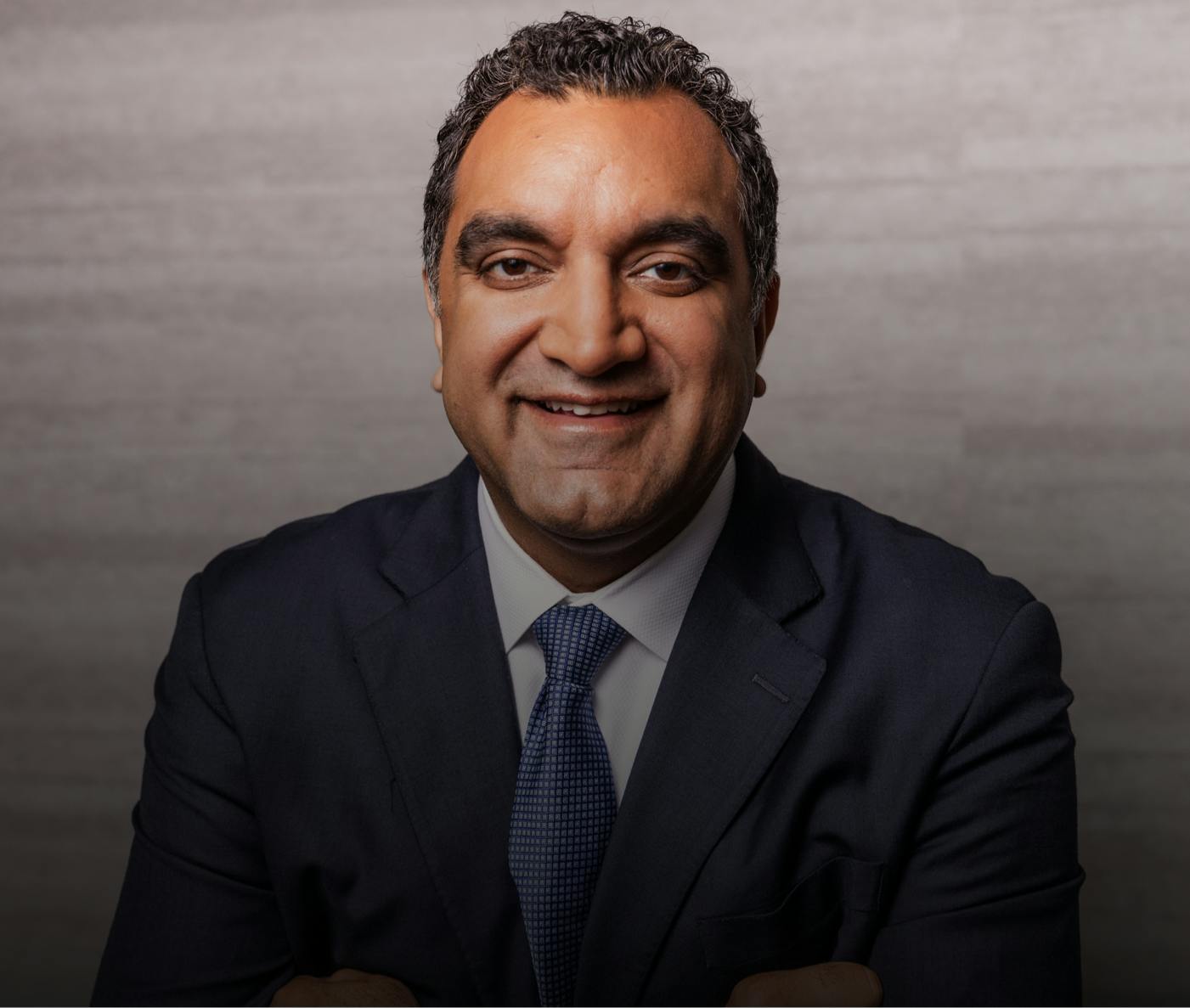TREATMENT OPTIONS FOR THYROID DISEASE
Thyroid eye disease progresses through two primary phases: Active and Inactive. The phase of active inflammation can last from several months to two years, during which dryness and redness in the eye will likely be prominent. In the inactive phase, the condition may have settled down—but patients may be left with effects such as protruding eyes, and may require additional treatment.




